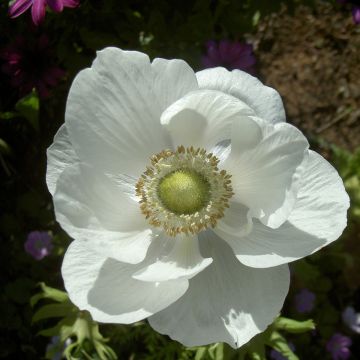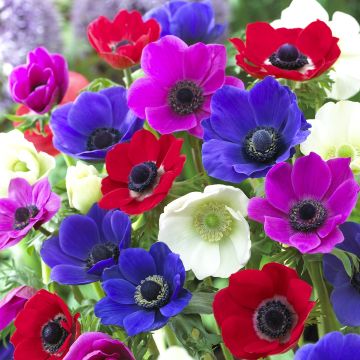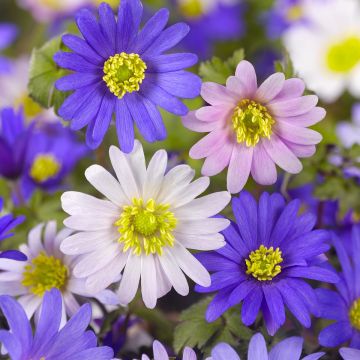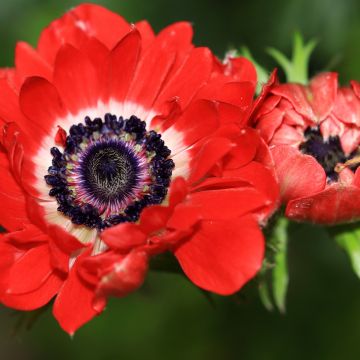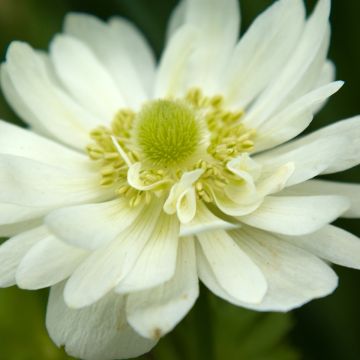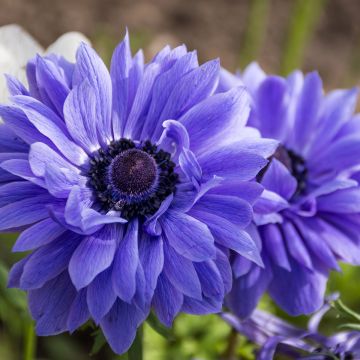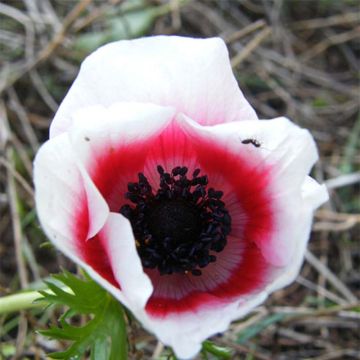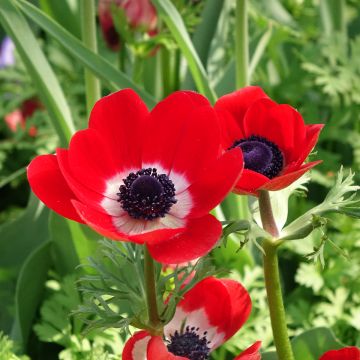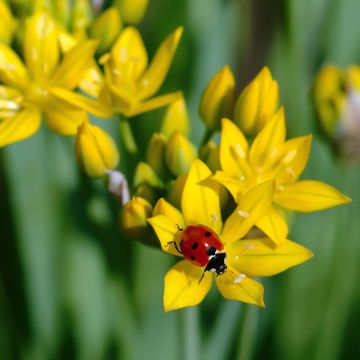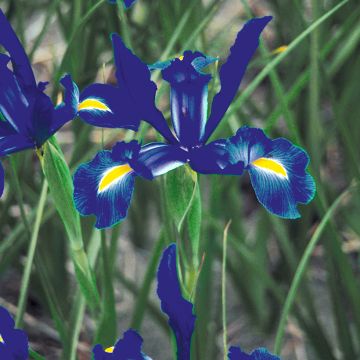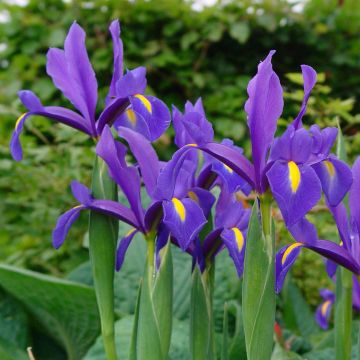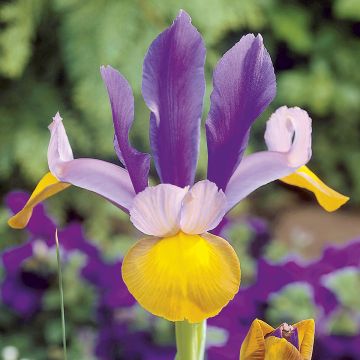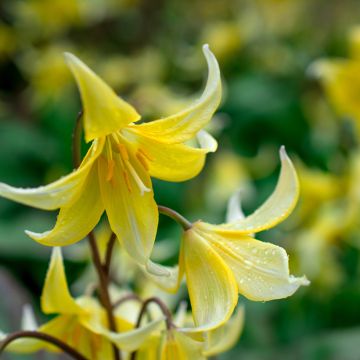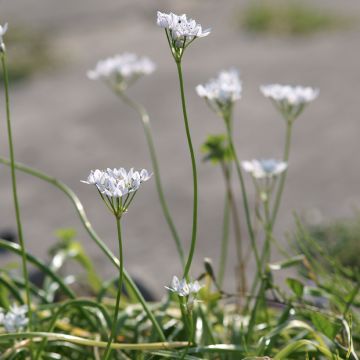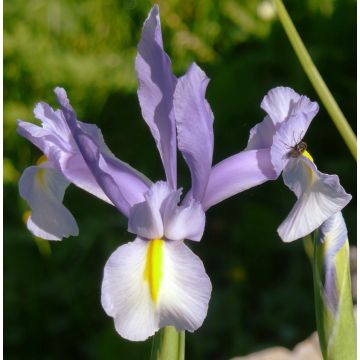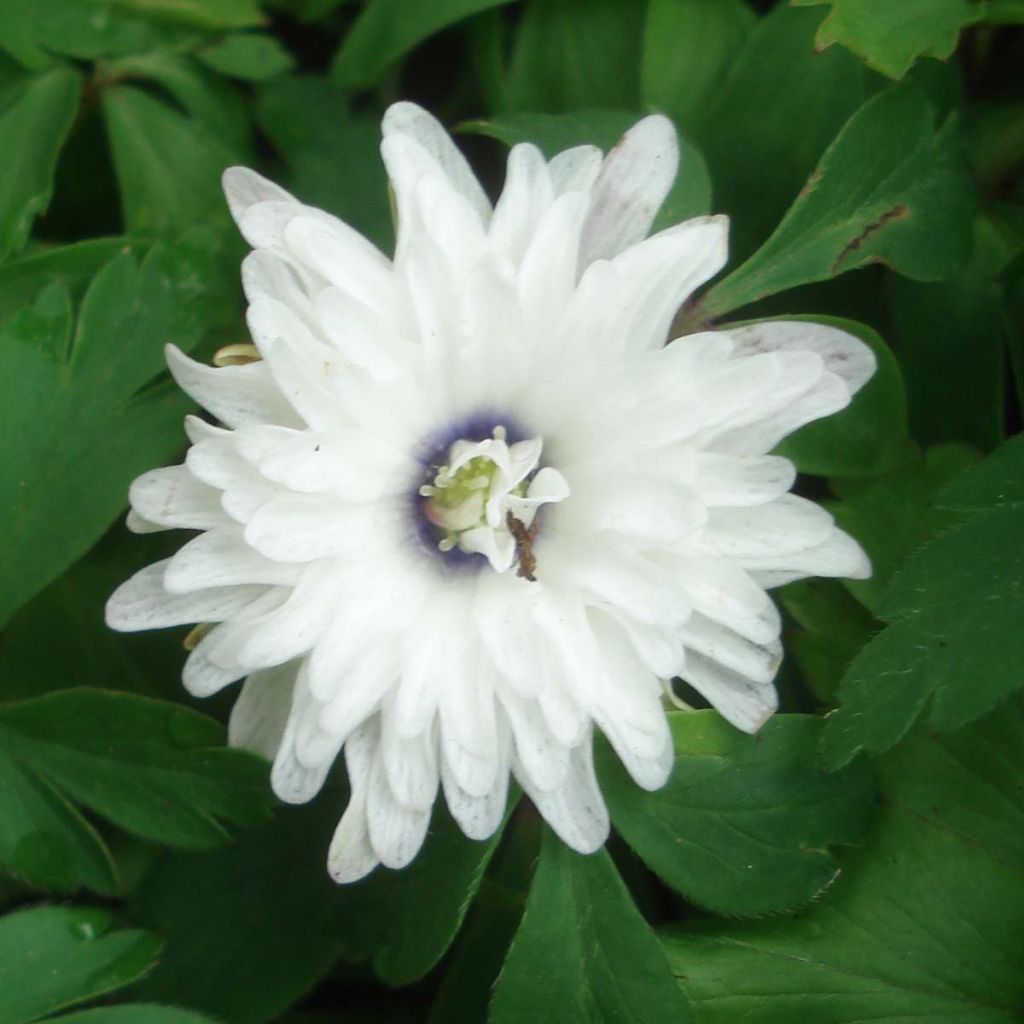

Anemone nemorosa Blue Eyes


Anemone nemorosa Blue Eyes


Anemone nemorosa Blue Eyes
Anemone nemorosa Blue Eyes
Anemone nemorosa Blue Eyes
Wood Anemone
I only received one bulb out of the three I ordered.
Gauthier , 11/11/2025
Special offer!
Receive a €20 voucher for any order over €90 (excluding delivery costs, credit notes, and plastic-free options)!
1- Add your favorite plants to your cart.
2- Once you have reached €90, confirm your order (you can even choose the delivery date!).
3- As soon as your order is shipped, you will receive an email containing your voucher code, valid for 3 months (90 days).
Your voucher is unique and can only be used once, for any order with a minimum value of €20, excluding delivery costs.
Can be combined with other current offers, non-divisible and non-refundable.
Why not try an alternative variety in stock?
View all →This plant carries a 6 months recovery warranty
More information
We guarantee the quality of our plants for a full growing cycle, and will replace at our expense any plant that fails to recover under normal climatic and planting conditions.
Would this plant suit my garden?
Set up your Plantfit profile →
Description
Anemone nemorosa 'Blue Eyes', also known as Wood Anemone, is a small bulbous plant of the understorey layer, rare and precious for its double spring flowering, pure white with a dark blue heart. Perfect as groundcover, in shaded areas, sometimes slow to establish, it will eventually form tangled rhizome mats that no weed can infiltrate. A gift from nature in early spring.
Anemone nemorosa 'Blue Eyes' belongs to the Ranunculaceae family. It is a cultivar derived from the Wood Anemone, distributed throughout almost all of Europe, Western Asia and Boreal America. This small plant forms a cushion 10 cm (4in) tall, and will spread over 20 cm (8in) and more. It produces non-branched vertical stems carrying flowers in early in spring, from late March to mid-May. These are three whorled, well-cut bracts, with a single flower in their centre, 3 to 5 cm (1 to 2in) in diameter. The flower has several oval tepals (sepals in the shape of petals), white on the inside, and pink on the outside, the number of which varies greatly depending on the age of the plant: it is not uncommon for the majority of flowers in the first year to be single, with double flowers appearing later. The throat is marked with dark blue around the yellow stamens. The flower opens to the light and follows the direction of the sun. It closes in the evening, or in case of rain, avoiding damage from water by gracefully tilting to the side. All the flowers are oriented in the same way, forming a particularly harmonious carpet. The rhizome of the 'Blue Eyes' wood anemone is fleshy and brittle, growing only 3 centimetres (1 inch) per year. It runs just below the surface of the soil. After flowering, it produces many slightly hairy three-leaflet leaves. The flower does not occupy the same position year after year, it moves following its rhizome.
Plant the 'Blue Eyes' wood anemone in humus-rich, light, not too rich soil, moist to dry in summer, well-drained. This plant requires a shady and damp location. In nature, the wood anemone grows and blooms in spring, when the trees are still leafless. It completes its vegetative cycle in summer when its leaves disappear, which corresponds to its period of dormancy. This is the most opportune time to plant it under a tree or to dress the base of hedges. It is not afraid of competition from the roots of trees and shrubs.
Anemone nemorosa 'Blue Eyes' is primarily an undergrowth plant. You can use it as such at the base of hedges, shrubs, and deciduous trees. Pair it with Anemone blanda, which will succeed it in flowering and requires the same growing conditions.
In temperate European zones, in the forest, where it occurs spontaneously, it would (along with lily of the valley) be a good indicator of the age and naturalness of the forest. The wood anemone and its cultivars are plants used in herbal medicine and aromatherapy.
Anemone nemorosa comes in the form of a rhizome section packaged in a compost bag.
Report an error about the product description
Anemone nemorosa Blue Eyes in pictures
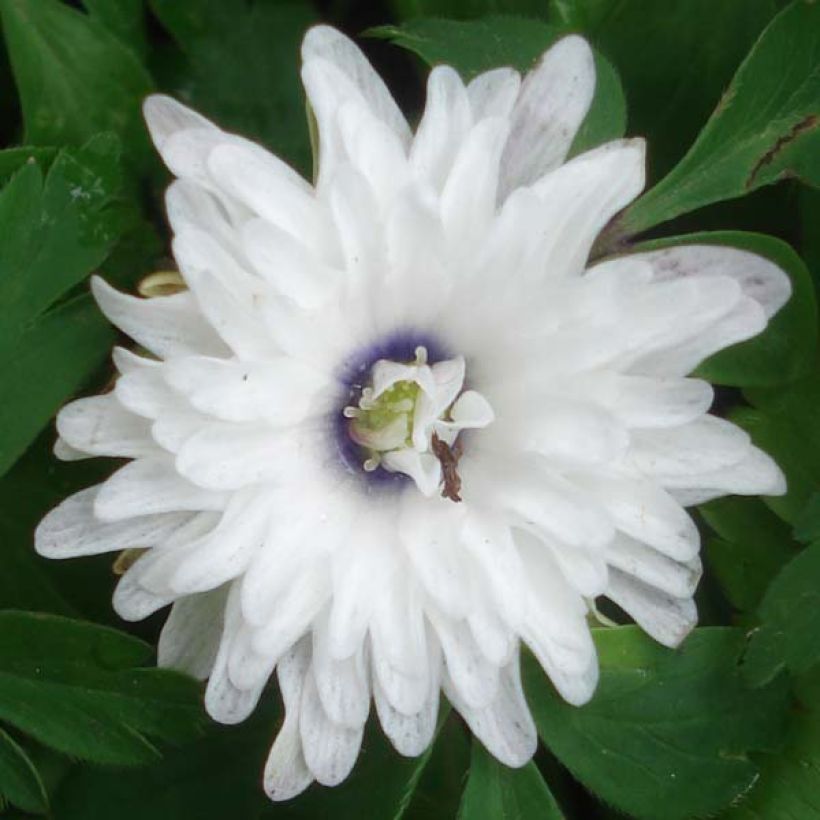

Plant habit
Flowering
Foliage
Botanical data
Anemone
nemorosa
Blue Eyes
Ranunculaceae
Wood Anemone
Central Europe
Other Anemone
View all →Planting and care
Wood Anemone 'Blue Eyes' should be planted in autumn, with a spacing of 30 cm (12in), in a humus-rich, moist, well-drained soil in a shaded location. Mix some compost with your garden soil if it is too chalky. In summer, it becomes dormant and disappears underground. Mulch the soil with dead leaves to protect the stump in winter. Divide the clumps every 4 years in spring. It is susceptible to leaf eelworms and occasionally to anemone smut. It can also be affected by black spot disease and powdery mildew, as well as caterpillars and slugs. At planting, Wood Anemone comes in the form of a 2 cm (1in) long and 2 mm (0.1in) diameter rhizome section, packaged in a small compost pouch. The 'small piece of root' or 'twig' appearance can be confusing the first time you plant it. And yet, it establishes excellently!
Planting period
Intended location
Care
-
, onOrder confirmed
Reply from on Promesse de fleurs
Similar products
Haven't found what you were looking for?
Hardiness is the lowest winter temperature a plant can endure without suffering serious damage or even dying. However, hardiness is affected by location (a sheltered area, such as a patio), protection (winter cover) and soil type (hardiness is improved by well-drained soil).

Photo Sharing Terms & Conditions
In order to encourage gardeners to interact and share their experiences, Promesse de fleurs offers various media enabling content to be uploaded onto its Site - in particular via the ‘Photo sharing’ module.
The User agrees to refrain from:
- Posting any content that is illegal, prejudicial, insulting, racist, inciteful to hatred, revisionist, contrary to public decency, that infringes on privacy or on the privacy rights of third parties, in particular the publicity rights of persons and goods, intellectual property rights, or the right to privacy.
- Submitting content on behalf of a third party;
- Impersonate the identity of a third party and/or publish any personal information about a third party;
In general, the User undertakes to refrain from any unethical behaviour.
All Content (in particular text, comments, files, images, photos, videos, creative works, etc.), which may be subject to property or intellectual property rights, image or other private rights, shall remain the property of the User, subject to the limited rights granted by the terms of the licence granted by Promesse de fleurs as stated below. Users are at liberty to publish or not to publish such Content on the Site, notably via the ‘Photo Sharing’ facility, and accept that this Content shall be made public and freely accessible, notably on the Internet.
Users further acknowledge, undertake to have ,and guarantee that they hold all necessary rights and permissions to publish such material on the Site, in particular with regard to the legislation in force pertaining to any privacy, property, intellectual property, image, or contractual rights, or rights of any other nature. By publishing such Content on the Site, Users acknowledge accepting full liability as publishers of the Content within the meaning of the law, and grant Promesse de fleurs, free of charge, an inclusive, worldwide licence for the said Content for the entire duration of its publication, including all reproduction, representation, up/downloading, displaying, performing, transmission, and storage rights.
Users also grant permission for their name to be linked to the Content and accept that this link may not always be made available.
By engaging in posting material, Users consent to their Content becoming automatically accessible on the Internet, in particular on other sites and/or blogs and/or web pages of the Promesse de fleurs site, including in particular social pages and the Promesse de fleurs catalogue.
Users may secure the removal of entrusted content free of charge by issuing a simple request via our contact form.
The flowering period indicated on our website applies to countries and regions located in USDA zone 8 (France, the United Kingdom, Ireland, the Netherlands, etc.)
It will vary according to where you live:
- In zones 9 to 10 (Italy, Spain, Greece, etc.), flowering will occur about 2 to 4 weeks earlier.
- In zones 6 to 7 (Germany, Poland, Slovenia, and lower mountainous regions), flowering will be delayed by 2 to 3 weeks.
- In zone 5 (Central Europe, Scandinavia), blooming will be delayed by 3 to 5 weeks.
In temperate climates, pruning of spring-flowering shrubs (forsythia, spireas, etc.) should be done just after flowering.
Pruning of summer-flowering shrubs (Indian Lilac, Perovskia, etc.) can be done in winter or spring.
In cold regions as well as with frost-sensitive plants, avoid pruning too early when severe frosts may still occur.
The planting period indicated on our website applies to countries and regions located in USDA zone 8 (France, United Kingdom, Ireland, Netherlands).
It will vary according to where you live:
- In Mediterranean zones (Marseille, Madrid, Milan, etc.), autumn and winter are the best planting periods.
- In continental zones (Strasbourg, Munich, Vienna, etc.), delay planting by 2 to 3 weeks in spring and bring it forward by 2 to 4 weeks in autumn.
- In mountainous regions (the Alps, Pyrenees, Carpathians, etc.), it is best to plant in late spring (May-June) or late summer (August-September).
The harvesting period indicated on our website applies to countries and regions in USDA zone 8 (France, England, Ireland, the Netherlands).
In colder areas (Scandinavia, Poland, Austria...) fruit and vegetable harvests are likely to be delayed by 3-4 weeks.
In warmer areas (Italy, Spain, Greece, etc.), harvesting will probably take place earlier, depending on weather conditions.
The sowing periods indicated on our website apply to countries and regions within USDA Zone 8 (France, UK, Ireland, Netherlands).
In colder areas (Scandinavia, Poland, Austria...), delay any outdoor sowing by 3-4 weeks, or sow under glass.
In warmer climes (Italy, Spain, Greece, etc.), bring outdoor sowing forward by a few weeks.






























